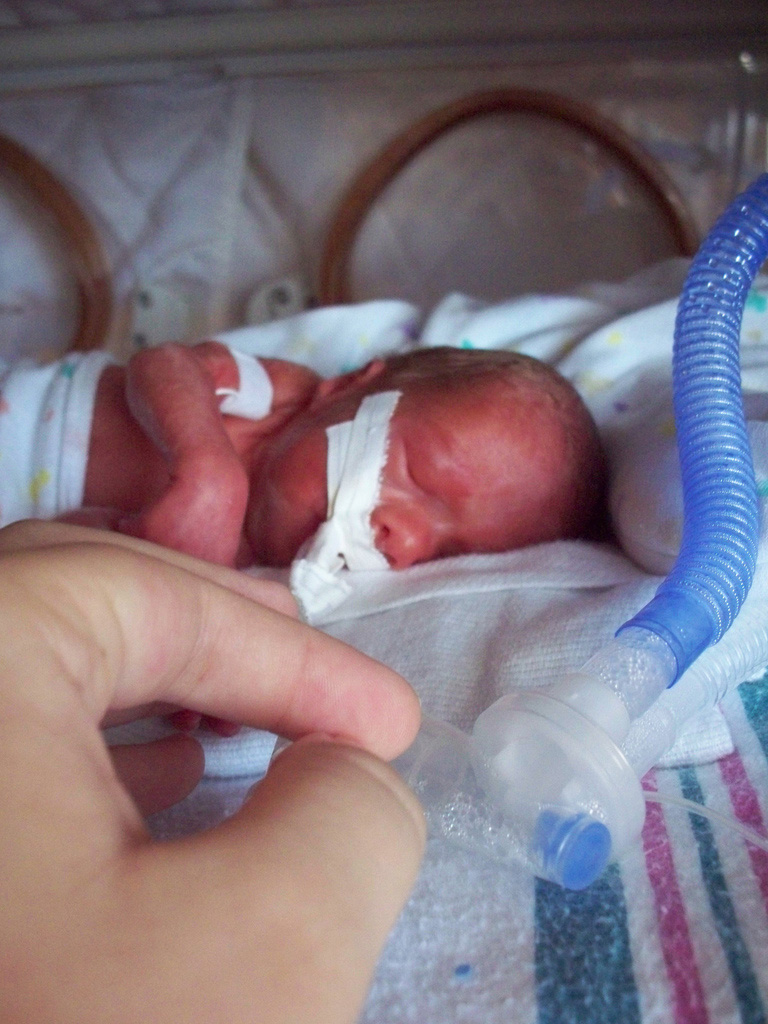Medical advances worldwide have made it possible to save extremely premature babies at earlier and earlier ages making the age of viability younger and younger. Years ago, doctors were surprised to save children born at 23 weeks gestation. Now, treating children at 23 weeks has become more commonplace. About ⅓ of extremely premature infants born in the United States at 23 weeks survive.1
Become A Defender of Life
Your donation helps us continue to provide world-class research in defense of life.
DONATECharlotte Lozier Institute
Phone: 202-223-8073
Fax: 571-312-0544
2776 S. Arlington Mill Dr.
#803
Arlington, VA 22206
Saving Extremely Premature Babies

Many technological advances have increased the chance of survival for extremely premature infants. These infants’ lungs are underdeveloped. Mature lungs are full of tiny air sacs, called alveoli. Oxygen and carbon dioxide move into and out of the blood in the alveoli. The alveoli resemble balloons. To keep the alveoli from sticking shut when a person exhales, the body produces a substance called surfactant that helps the alveoli reopen. Extremely premature infants do not produce enough surfactant, so doctors use a synthetic surfactant to help the alveoli stay open.3 Furthermore, doctors also help extremely premature infants create more of their own surfactant by giving the mother an injection of corticosteroids before anticipated preterm birth. The corticosteroids help the lungs mature more quickly, helping the infants breathe better outside the womb.4
Extremely premature babies often have trouble regulating their temperature, so special incubators and blankets keep them warm. Their blood pressure and blood flow are closely monitored, as is their nutritional intake. Special measures are taken to protect their eyes and skin from light and friction.5
As more hospitals invest in medical equipment needed to save babies at the edge of viability, and as they train their obstetrics and neonatology teams to treat these miraculous patients, more and more of them will survive,6 bringing joy and hope to many families.










